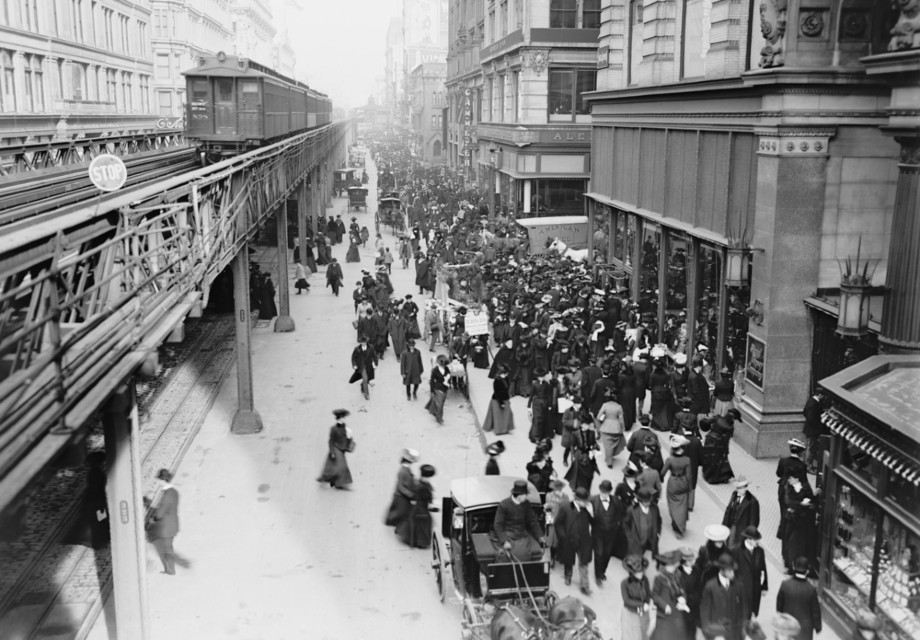Exploring the Early 1900s through Fiction

The 1900s was a time of great change. There was significant social and economic growth, opening up new opportunities for all people from all walks of life. What was life like for the people who were in the midst of such visible transitions? This is where historical fiction can help us. Reading historical fiction helps us experience history personally and emotionally. Through the characters, plot, and setting, we can visualize what it was like living in those days, in this case, the early 1900s. We get to know the fashion, etiquette, and societal norms that govern those days and how people dealt with the challenges of their time. More often than not, we find that the complexities of life remain the same, with love, war, power, and survival remaining as timeless themes.
Reading books is one of the best ways to experience the past. If you want to know what life was like in the early 1900s, you can read books written during those times or set on those times.
Here are a five of most popular books in the 1900s:
- The House of Mirth (Edith Wharton): This 1905 best-selling novel criticized the upper-class society of New York in the early 1900s.
- The Great Gatsby (F. Scott Fitzgerald): This 1924 novel is about the American aspiration for material success and critiques the notion of the American Dream.
- All Quiet on the Western Front (Erich Maria Remarque): Written in 1928 by a German veteran of World War 1, this novel is the most famous anti-war novel of all time.
- Howard’s End (E. M. Forster): Published in 1910, the novel explores class relations and conflicting values in the turn-of-the-century England.
- In Search of Lost Time (Marcel Proust): Published between 1913 and 1927, it follows the narrator’s recollection of childhood and experiences into adulthood in late-nineteenth-century high-society France.
For books that are set in the 1900s, here are some recommended ones:
- A Tree Grows in Brooklyn (Betty Smith): This classic coming-of-age novel chronicles a young teen growing up in the slums of Brooklyn.
- The Personal Librarian (Marie Benedict and Victoria Christopher Murray): Based on a true story, the novel revolves around Bella de Costa Green, the curator of J. P. Morgan’s renowned library, and her deeply guarded secret.
- Band of Sisters (Lauren Willig): The story tells of brave women from Smith College coping with the challenges of war while struggling with their own personal conflicts.
- The Pull of the Stars (Emma Donoghue): Set in 1918, the story tells of Julia Powers, a nurse working in an Irish maternity ward struggling with an influenza health crisis.
- Shattered (Marti Jones): Based on true events, the story is about a young girl in the early 1900s whose sheltered happy life changed suddenly to one of chaos and turmoil.
Another way to explore past is writing historical fiction novels. To create authentic historical fiction novel requires creative storytelling tempered with historical accuracy. Riya Bhorkar in “Historical Fiction: Bringing the Past to life through Story” shares some strategies in bringing the past to life through stories:
- Do research. Writers need to immerse themselves in the time period they are writing about. This includes understanding the social norms, language, clothing, food, and daily life of the era.
- Develop relatable characters. Characters should reflect the time period the writer is writing about, and these characters should have personal goals, struggles, and growth arcs that drive the narrative forward.
- Blend fact with fiction. Factual events and details should be weaved into a fictional narrative seamlessly. An example would be placing fictional characters in real historical events or by creating untold stories of real historical figures.
- Use Vivid Descriptions. Using vivid, sensory descriptions can transport readers to another time. When writers describe the details of the setting, such as the architecture, landscape, and weather, it helps create a rich, immersive experience.
- Address historical themes. By addressing themes that are significant during a time period, writers can add depth to their stories and provide readers with a deeper understanding of the past.
The early 1900s was a special time, and there is much to know and explore, learn and appreciate. Through reading and writing historical fiction, we are brought to this wonderful time that had a profound impact not just to modern society but personally to the modern readers as well.
Bhorkar, Riya. “Historical Fiction: Bringing the Past to life through Story.” Last modifies October 25, 2024. https://www.linkedin.com/pulse/historical-fiction-bringing-past-life-through-story-riya-bhorkar-0n4gc.
Jones, Madeleine Rose. How Literature Explores Time Travel. Last modified February 28, 2021. https://www.snowyfictions.com/how-literature-explores-time-travel/.
Master Class. “What is Historical Fiction?” Last modified August 21, 2021. https://www.masterclass.com/articles/what-is-historical-fiction-definition-of-the-historical-fiction-genre-and-tips-for-writing-your-historical-novel.
